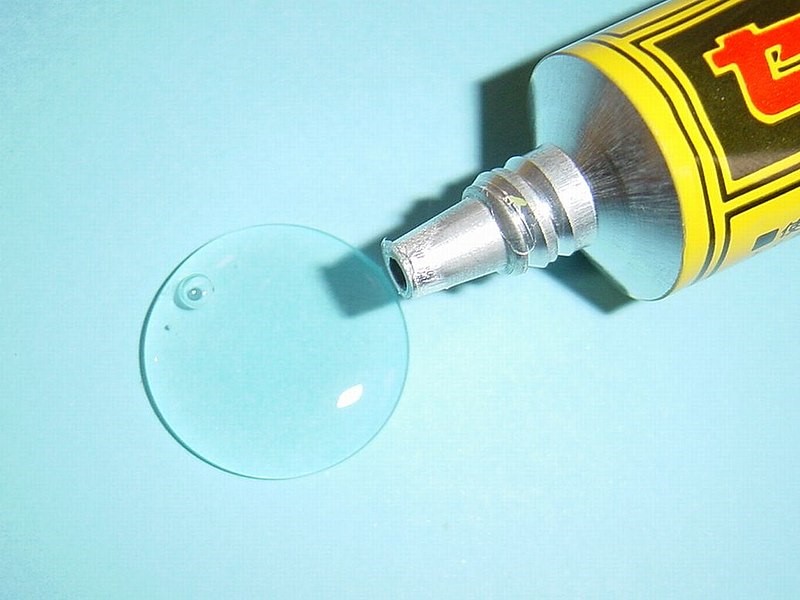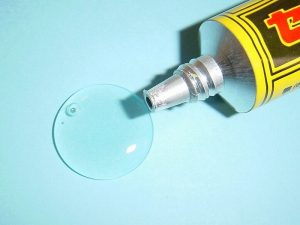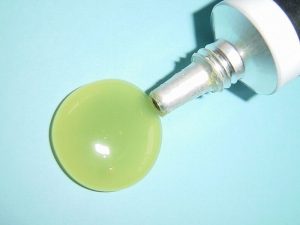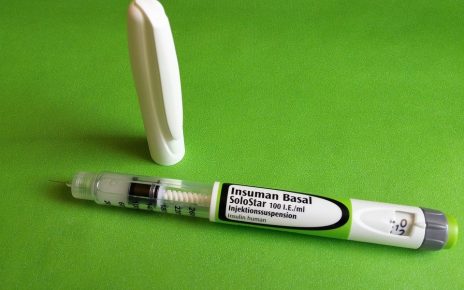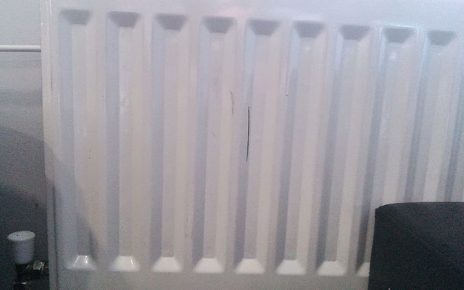When you are looking for a way to bond metal to metal, you have various options, which include thermal joining techniques, mechanical fastening with hardware or bonding the materials using a tape or a liquid adhesive. Read on to explore these options further and discover the best form of adhesive for your metal-to-metal bonding job.
Thermal Joining Techniques
Thermal joining techniques use heat to melt the surfaces of the materials and bond them together. These options can include welding, soldering or brazing. Welding in this way can give a smooth and streamlined appearance after cooling.
Welding does have higher costs, as practitioners need to have training, and there are many health and safety requirements. The heating and cooling process also has the potential to warp or damage the materials.
Bonding Adhesives
The second option is to use metal bonding adhesives, such as those available at http://www.ct1ltd.com/product-applications/metal-to-metal-adhesive/. These adhesives can be applied with minimal training, so there are fewer manual labour hours required.
Another plus point is that adhesives can form a close seal without rigidity, so there is flexibility in the bond without loosening or weakening it. This can make the application of adhesive suitable for situations where materials will be subject to weather or temperature changes, vibrations and other disturbances.
When using bonding adhesives, it is important to consider health and safety issues. For example, these adhesives can give off fumes and can potentially be toxic to skin, so it is vital to research the product to ensure proper usage and understand potential risks. The education portal Adhesives.org advises on the chemistry and science behind adhesives.
Fasteners for Bonding
Finally, using hardware for keeping items together is a third option. This can take the form of screws and bolts, and these options are often used for temporary bonds. The disadvantage of this is that over time nuts, bolts and screws tend to loosen, so the join becomes less stable.
Also, if you remove a fastener at a later stage, it will leave a hole which could be unsightly. In addition, the placement of screws requires precise hole positions, which can be difficult to achieve. For situations where items are under stress, it may be necessary to use thread locking or lock nuts to hold the materials in place sufficiently.

